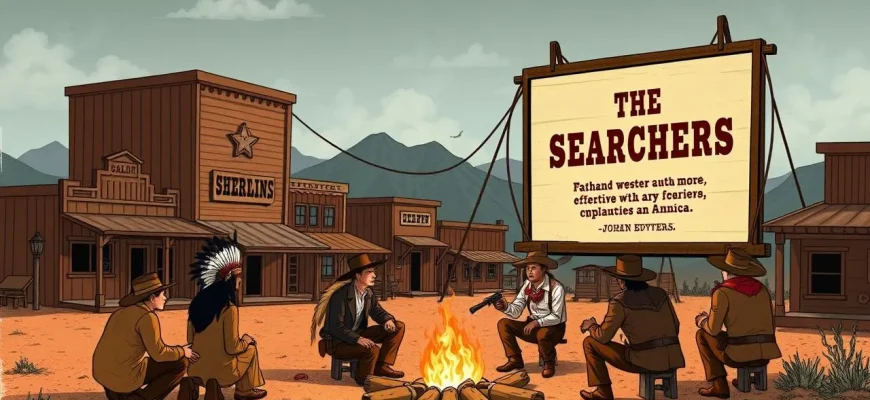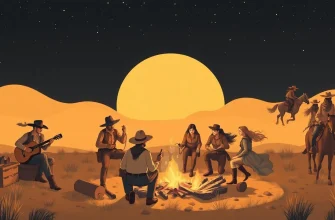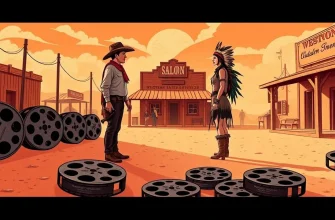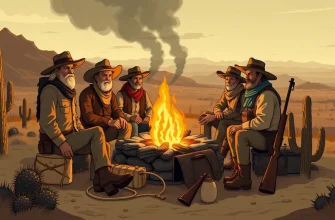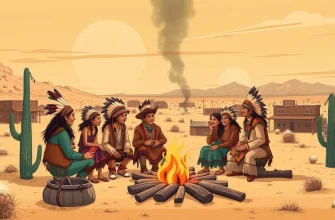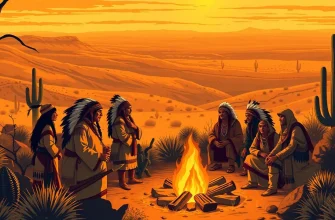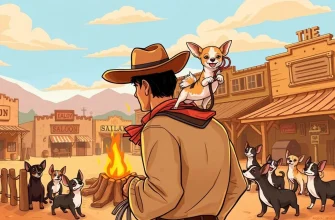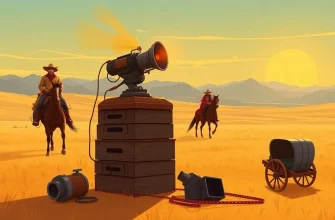This curated selection of Western films focuses on the portrayal of ethnic minorities, offering a fresh perspective on a genre traditionally dominated by white narratives. These films not only entertain but also educate, showcasing the diverse tapestry of the American West through the lens of different cultures and backgrounds. From Native American struggles to the experiences of African American cowboys, this collection provides a deeper understanding of the multicultural history of the frontier.
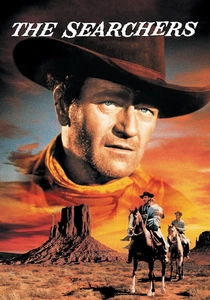
The Searchers (1956)
Description: This classic John Ford film features a complex portrayal of Native American characters, focusing on the search for a kidnapped white girl by her uncle, who harbors deep-seated racial prejudices.
Fact: The film was controversial for its time due to its depiction of racial issues, and it was one of the first Westerns to delve into the psyche of its characters in such depth.
 Watch Now
Watch Now

The Great Sioux Massacre (1965)
Description: This film, while flawed in its portrayal, attempts to tell the story of the Sioux Wars from the perspective of both the Native Americans and the U.S. Army.
Fact: The film was one of the first to attempt a more balanced view of Native American conflicts.
 Watch Now
Watch Now
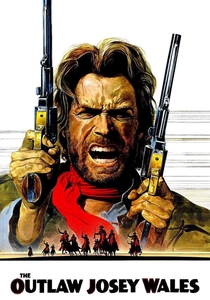
The Outlaw Josey Wales (1976)
Description: This film includes a significant subplot involving a Native American character, Lone Watie, who joins the titular character in his quest for vengeance.
Fact: The character of Lone Watie was inspired by the real-life Cherokee leader Stand Watie.
 Watch Now
Watch Now

The Last of the Mohicans (1992)
Description: This adaptation of James Fenimore Cooper's novel focuses on the plight of the Mohican tribe during the French and Indian War, highlighting Native American perspectives.
Fact: The film was shot on location in North Carolina, providing an authentic setting for the story.
 Watch Now
Watch Now
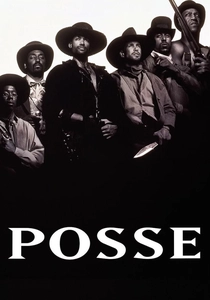
Posse (1993)
Description: Directed by and starring Mario Van Peebles, this film explores the life of an African American cavalry officer who leads a posse of black soldiers in pursuit of a notorious outlaw.
Fact: The film was inspired by the real-life Buffalo Soldiers, African American regiments in the U.S. Army.
 Watch Now
Watch Now

The Quick and the Dead (1995)
Description: While not exclusively about ethnic minorities, this film features a diverse cast including Native American and Mexican characters, set in a town where a mysterious woman enters a quick-draw contest.
Fact: Sam Raimi's direction brings a unique visual style to the Western genre.
 Watch Now
Watch Now

The Missing (2003)
Description: This film tells the story of a rancher who must team up with her estranged father, a white man raised by Apache Indians, to rescue her daughter from kidnappers.
Fact: The film was shot on location in New Mexico, providing an authentic backdrop to the story.
 Watch Now
Watch Now

Dances with Wolves (1990)
Description: Kevin Costner's epic film about a Civil War soldier who befriends a tribe of Lakota Sioux, offering a sympathetic view of Native American life.
Fact: The film won seven Academy Awards, including Best Picture and Best Director.
 30 Days Free
30 Days Free
The Tracker (2002)
Description: Set in the Australian outback, this film features an Aboriginal tracker who helps a group of white men hunt down a fugitive, exploring themes of race and justice.
Fact: The film uses a unique narrative style with minimal dialogue, relying heavily on visual storytelling.
 30 Days Free
30 Days Free
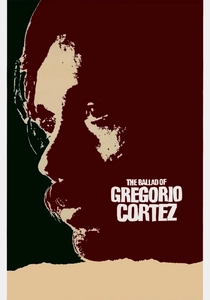
The Ballad of Gregorio Cortez (1982)
Description: Based on a true story, this film follows a Mexican-American farmer who becomes a fugitive after a misunderstanding with a Texas Ranger, highlighting issues of racial injustice.
Fact: The film was one of the first to address the Mexican-American experience in the Western genre.
 30 Days Free
30 Days Free

